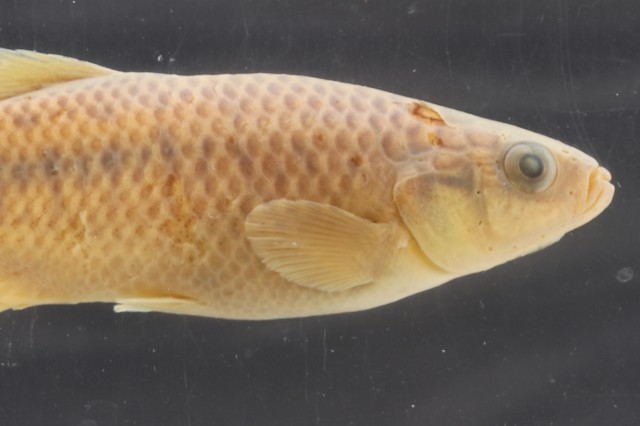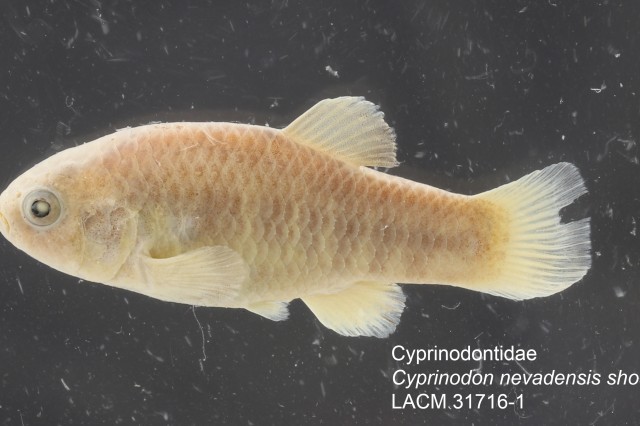Fishes Across America: Kentucky Is for Darters
Two darter fish, one Bluegrass State
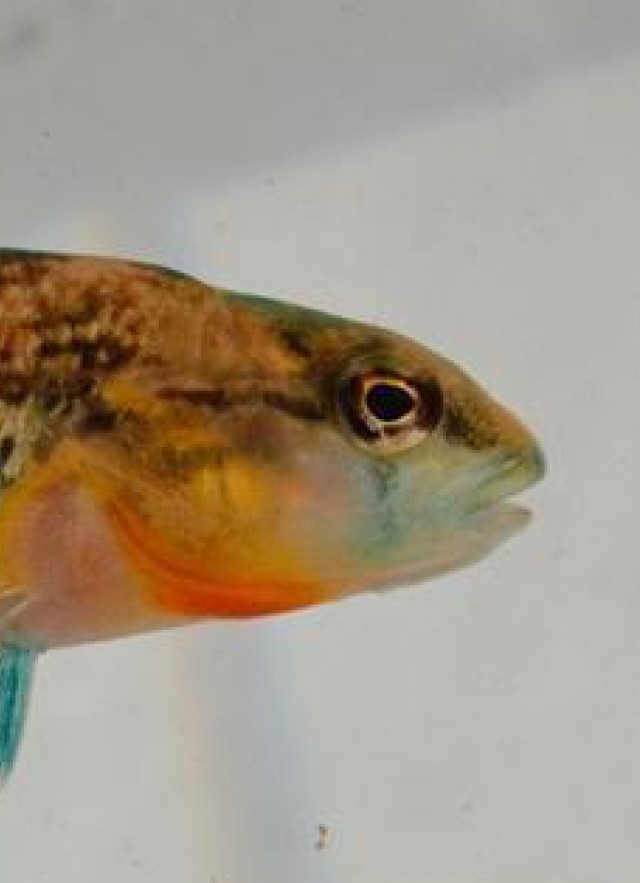
Let’s continue our trek east down I-70 and angle off a bit south to western Kentucky into Central City, Kentucky. We have left the wide open spaces of the Great Plains behind and find ourselves firmly in the mountains.
Mountain streams are great for fish diversity. The features of mountain streams can change dramatically over short distances. They can be narrow, deep, and fast-moving across large boulders or wide and slow, flowing gently over sandy bottom. It is not uncommon for mountain streams to go from roiling, boiling, and chaotic to slow and peaceful within a few hundred meters. The variety of habitats of mountain streams means that they can support high fish diversity, and it makes mountainous areas some of the most fun to explore.
Darters are common fish in most mountain streams in the eastern US. There are 215 recognized darter species, and all are native to North America. They can be highly specialized for specific habitats and can have limited home ranges.

>
The Shawnee darter, Etheostoma tecumsehi, is one of those darters with a limited home range. The species is only found in the Pond River and Green River drainage basins, across an area of 450 square kilometers. That is about one-third the size of the City of Los Angeles. Within their habitats, the Shawnee darter is common, so their conservation status is okay for now. But, inhabiting such a limited area makes them susceptible to disturbances to the watershed, such as damming or other stream alterations or pollution. The conservation concern for darters like Etheostoma tecumsehi is not quite as high as it is for species like the Shoshone Pupfish, which lives within a few hundred square meters of a single stream, but it is still important.
The Shawnee Darter is not the only darter species in Kentucky that lives in a small area.
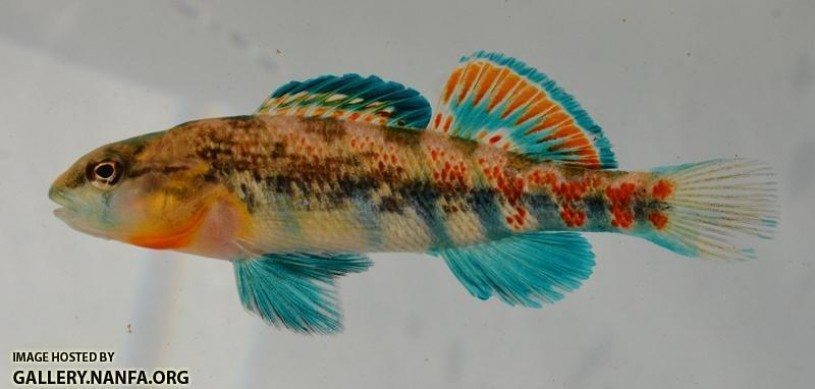
If we slide on down the highway for a couple of hours to the east side of Bowling Green, Kentucky, we find ourselves in the habitat of another darter species with a limited range, the Highland Rim Darter, Etheostoma kantuckeense. This particular darter also has a relatively small range, as it is found in only a few small drainage basins in southern Kentucky.
Here’s a fun thing about darters – new species are constantly being described. New darter species are being described at a rate of about two species per year. Researchers think there are about 40 more species waiting to be described.
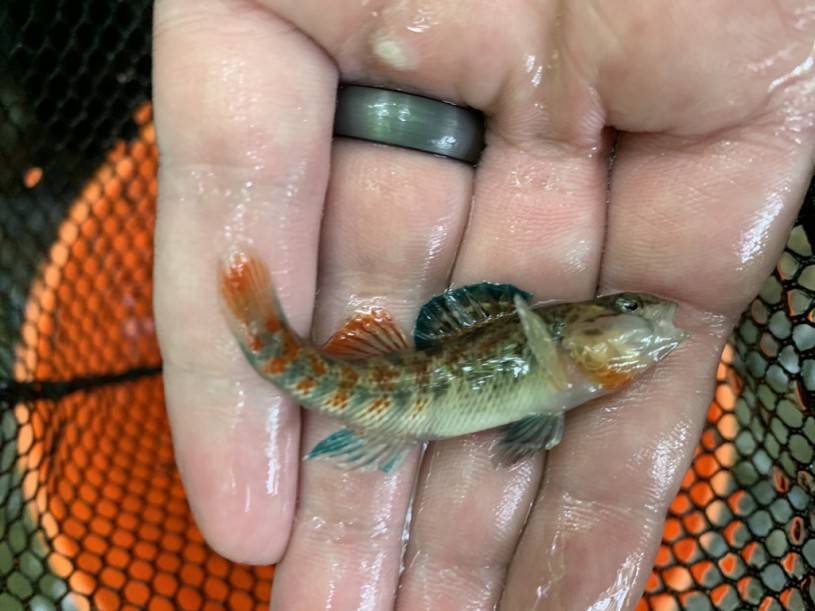
I say that they are being “described” and not “discovered”, because there is an important distinction here about the way scientists recognize and identify new species. Many fish are already known to ichthyologists. Mountain streams in North America have been studied by ichthyologists for 150 years, and knowledge of fish fauna in Native American culture extends far beyond that. These fish have been seen before by somebody. What changes is that scientists realize that small differences in anatomy, such as the number of fin rays or scales, tooth morphology, and features like that, are not simply variation within a single species. Rather, those differences distinguish separate species. With the increased use of genetics tools, scientists are able to gather even more data about these differences. So, when an ichthyologist in 2021 presents data showing anatomical and genetic differences between two similar groups of darters, the case can be made that the two groups are actually two species.
A cool thing is that museum collections, like the one we have at the Natural History Museum of Los Angeles County, can help scientists in those efforts. A major point of museum collections is that we maintain a huge library of preserved specimens. We have nearly 3 million specimens here at the museum. Those specimens are available to researchers for a variety of uses, including comparing species to see if the unusual fish they caught is a new species.
Species descriptions are often made in bunches, following a review of fish from a particular region. The Shawnee Darter discussed previously and the Highland Rim Darter, which are found in neighboring drainage basins in southern Kentucky and each have small home ranges? Both were described in the same paper in 1997, along with two additional species from the region.
